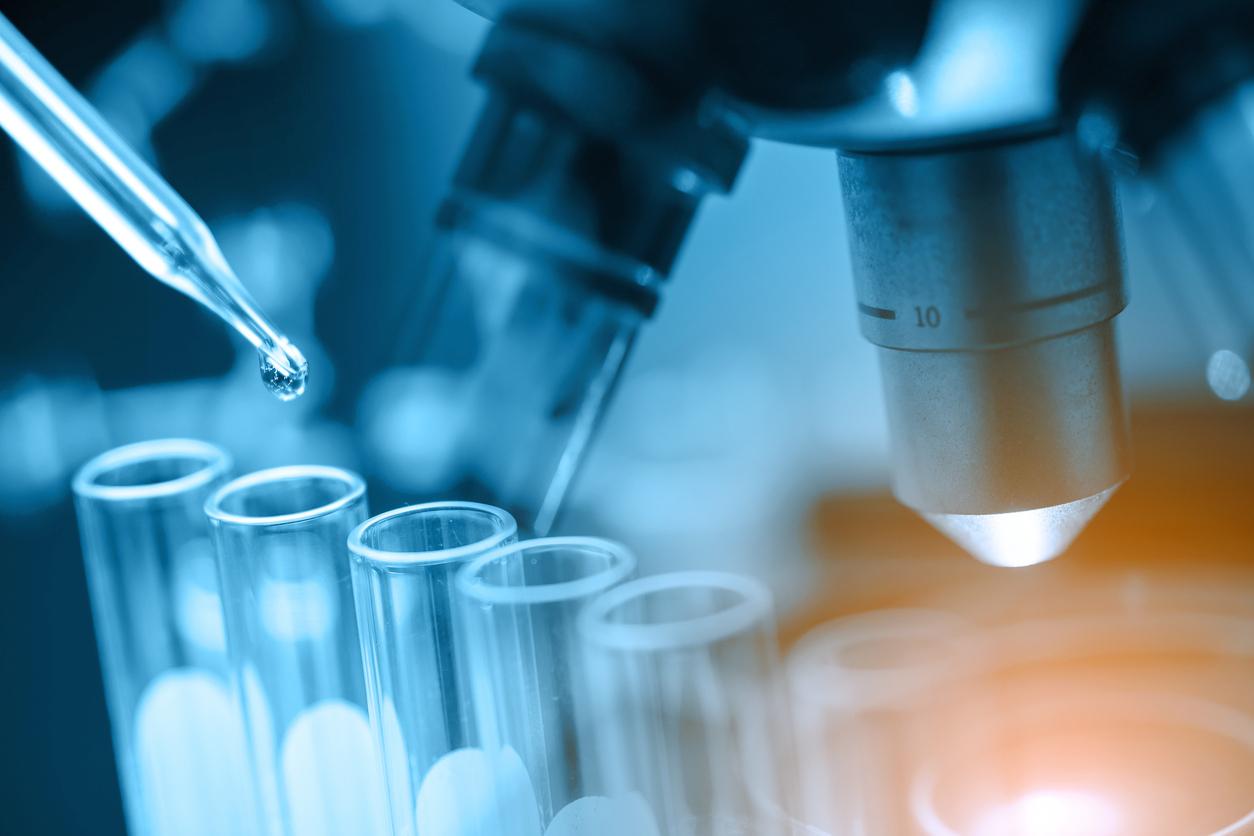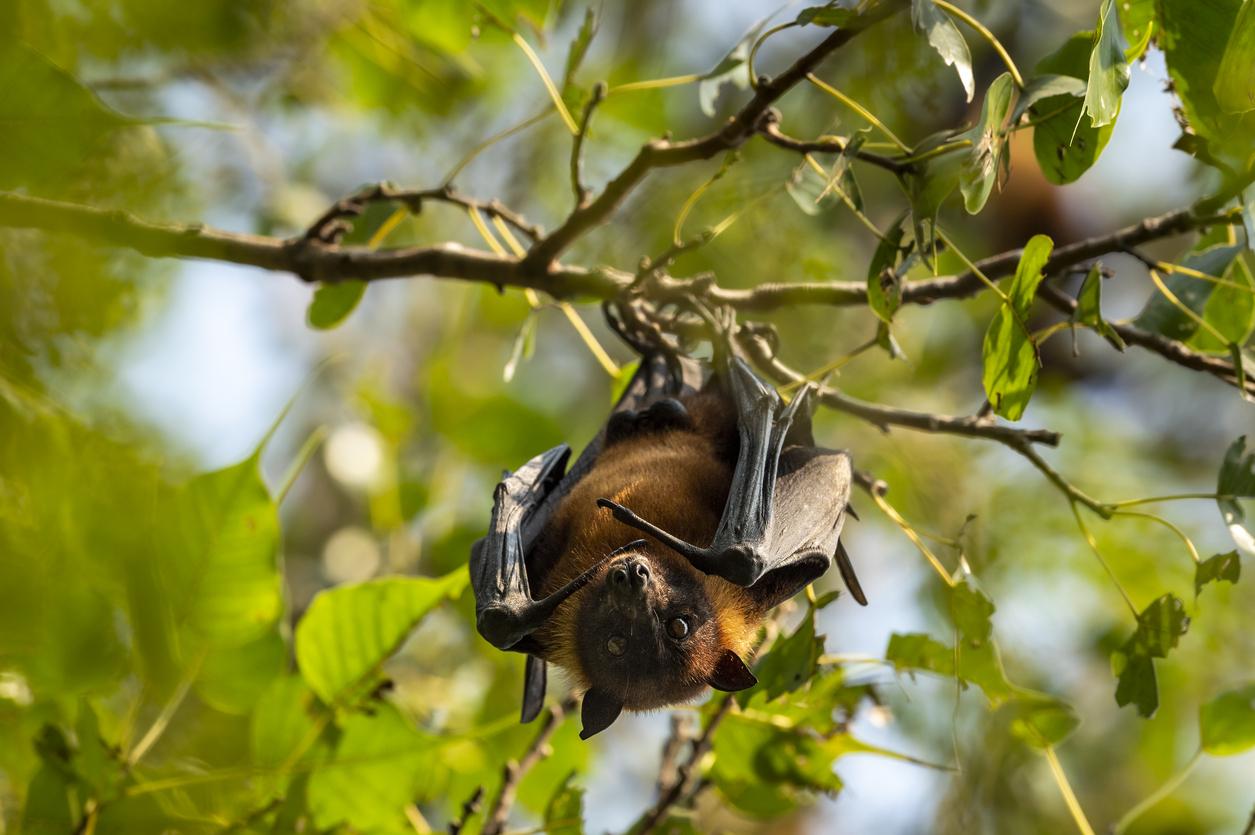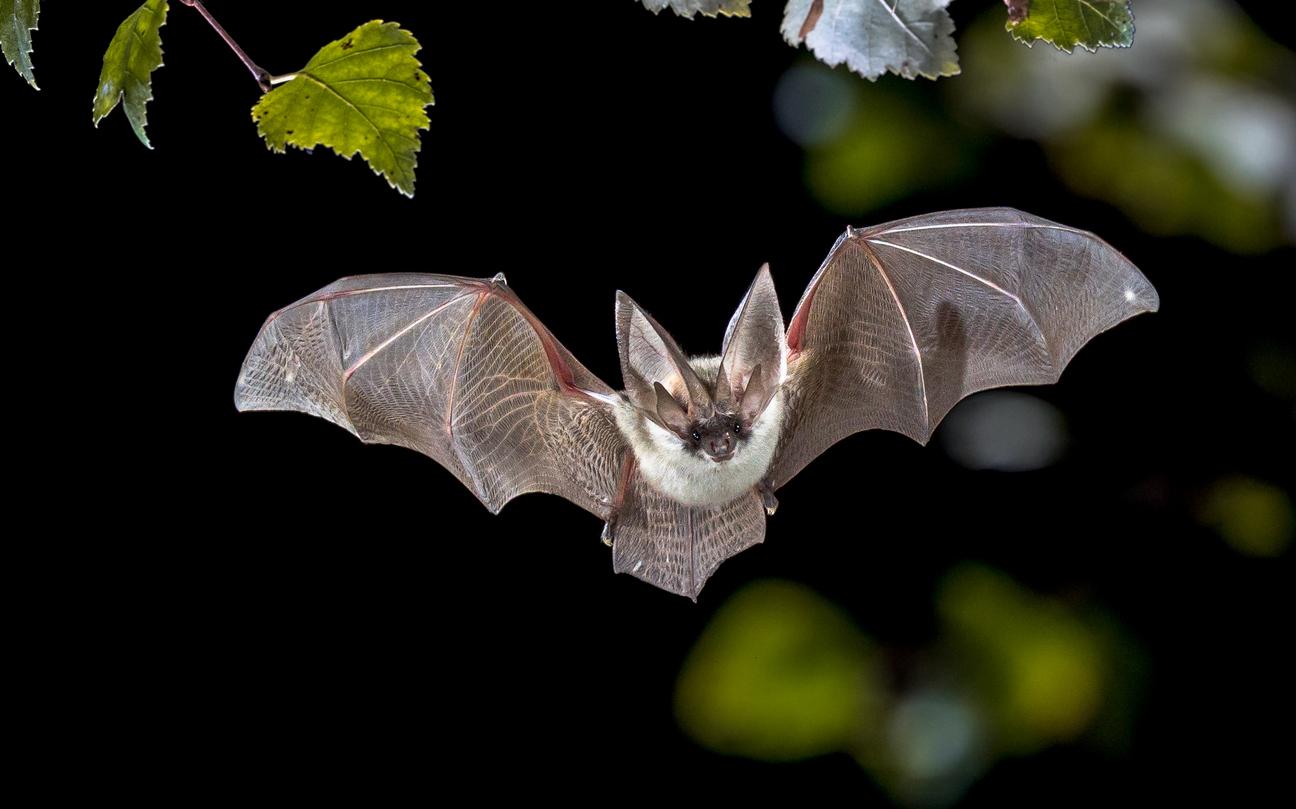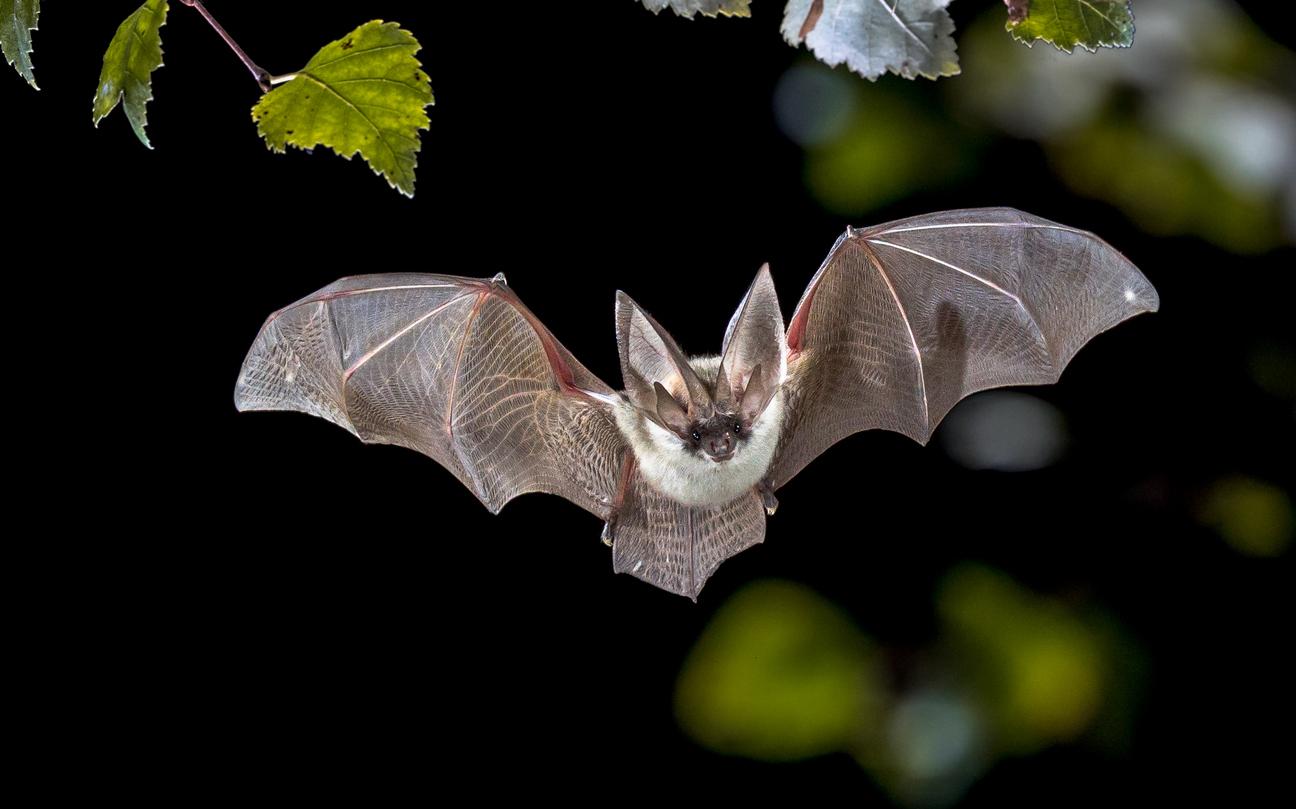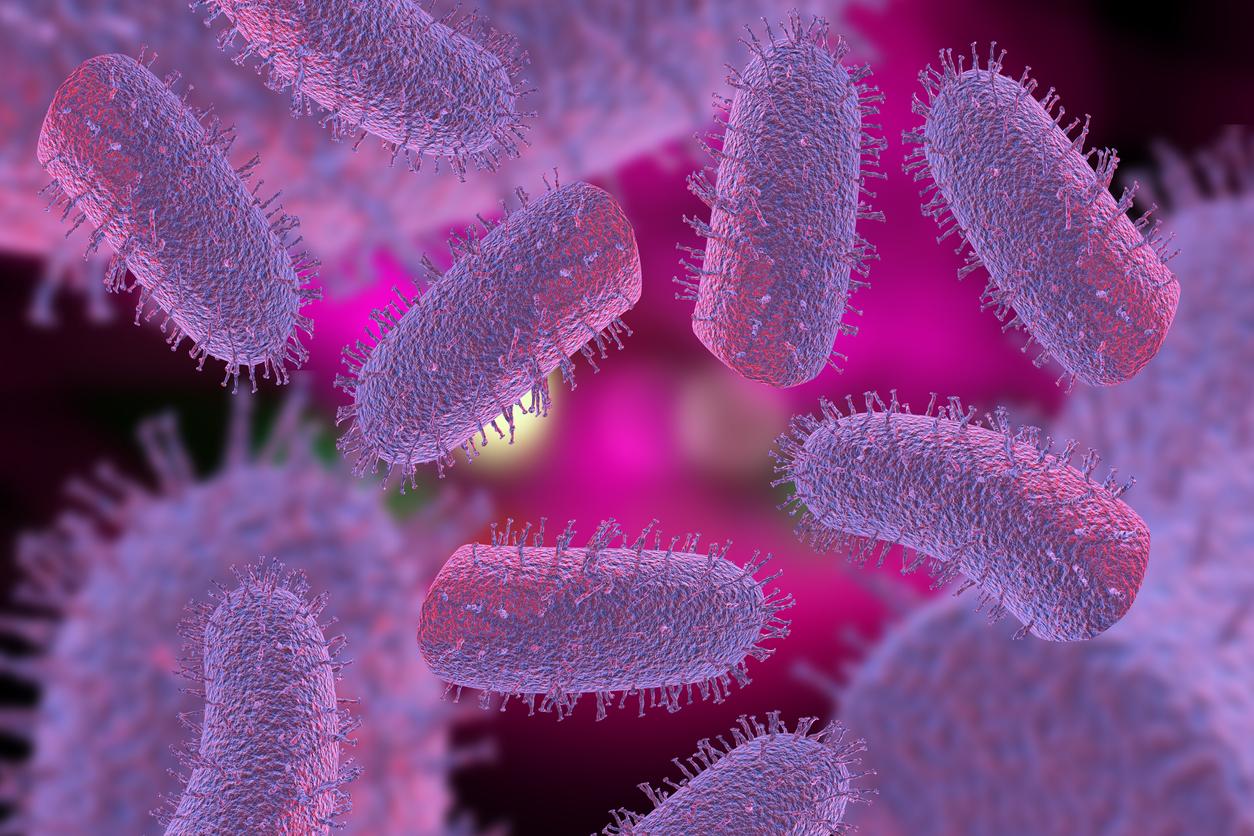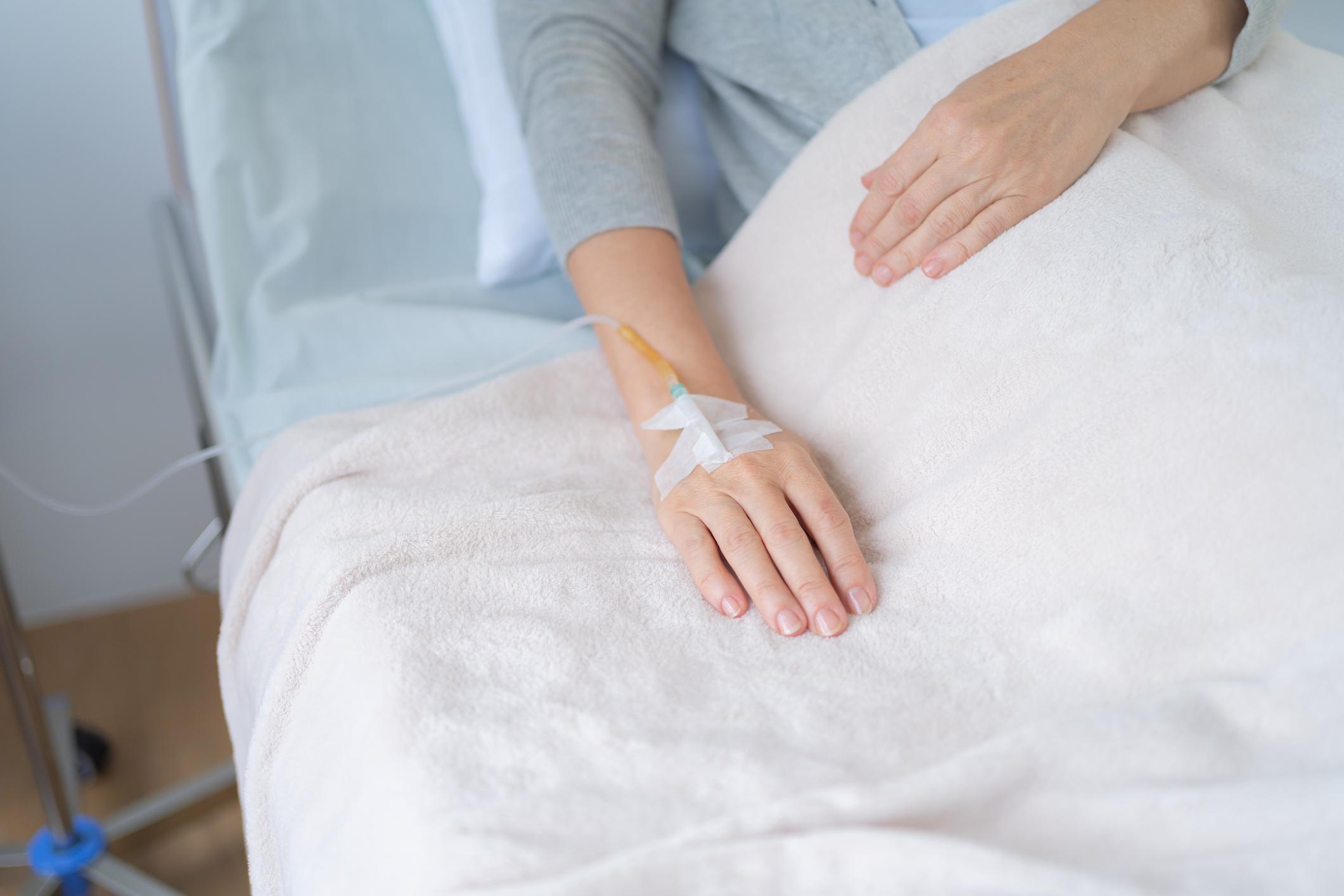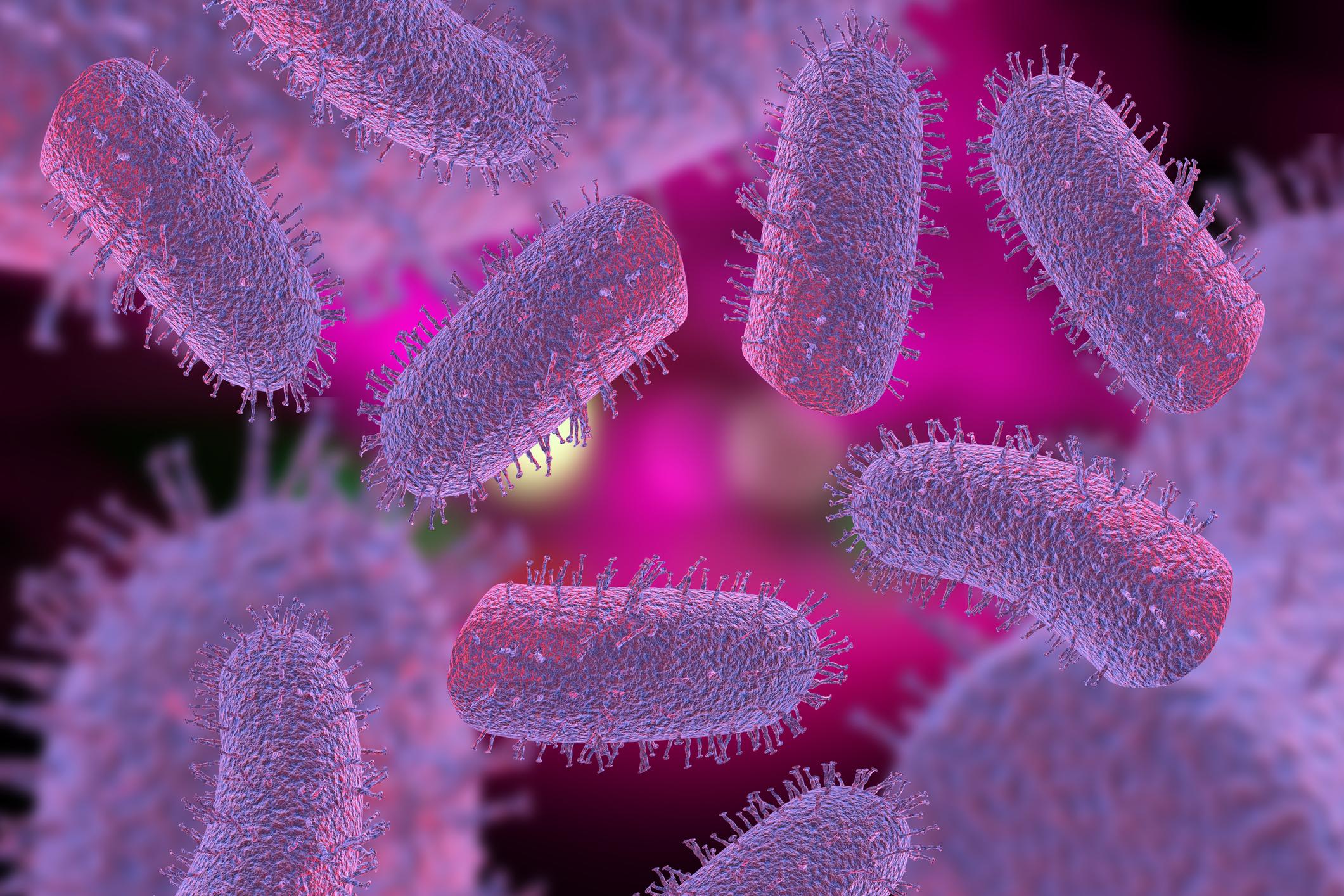Animal rabies is a global disease, present on all continents. Faced with this threat, the French government indicates how to react to a rabid beast.
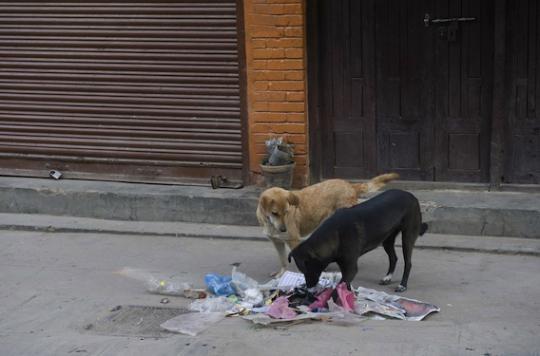
Rabies is one of the deadliest zoonoses. Each year theWorld Organization for Animal Health (OIE) estimates that it kills nearly 70,000 people, mostly children in developing countries.
But France is not spared. Since 2001, 11 cases of canine rabies have been imported into France, while the disease is absent from the national territory. These cases were all linked to infected animals abroad.
As in more than 95% of human cases, the last case was due to a dog brought back from North Africa. It dates from 2015. So, to avoid all the dangers associated with this pathology, the Ministry of Agriculture has launched its new campaign “Beware of rabies”. It invites all French people to be vigilant, especially those who travel with animals. The government also indicates the procedure to be followed in the face of danger.
The main reservoir of disease in the world is the dog. In European countries, the main vector was the fox. But fox rabies was eradicated in France in 2001. Bats can also be the source of contamination in different regions of the world.
How to react to a suspicious animal
A domestic animal may be suspected of having rabies when it expresses symptoms (including nervous disorders) which cannot be traced with certainty to another disease. The veterinarian or the Departmental Directorate for the Protection of Populations (DDPP or DDCSPP) must be consulted in case of doubt: they will place this animal under surveillance to see its development and will conduct an epidemiological investigation to determine the possible risks of contamination.
What to do in front of a biting animal
Any animal having bitten or scratched a person, even without being explicitly suspected of rabies, is subjected to veterinary surveillance for 15 days to estimate the risk of contamination. Three visits are compulsory after a potentially contaminating event: 24 hours, 7 days and 15 days (or 1 month for wild animals).
In case of no show of the animal, the police can intervene with the owner.
How long does the contaminating period last
This is the period during which the recognized rabid animal is considered to be a contaminant and has been in contact with or has bitten or scratched another animal or person. This period should make it possible to take into account the presymptomatic virulence of the saliva in the rabid animals at the origin of the contamination.
Thus, if the animal recognized as rabid is a domestic animal, the defined period begins 15 days before the onset of symptoms and ends with the death of the animal. If the animal recognized as rabid is a wild animal, the defined period begins 30 days before the onset of symptoms and ends with the death of the animal.
What happens to the rabid animal
Any animal for which a rabies diagnosis has been established by an organization or a laboratory approved either by the Minister in charge of agriculture or by the Minister in charge of health is considered “animal recognized as rabid”.
In this case, article L 223-9 of the rural code provides for his immediate euthanasia at the request of the Prefect concerned. An exemption from slaughter is however possible in the case of validly vaccinated animals. Any diagnosis can only be confirmed after the animal’s death.
Source: Ministry of Agriculture
.







